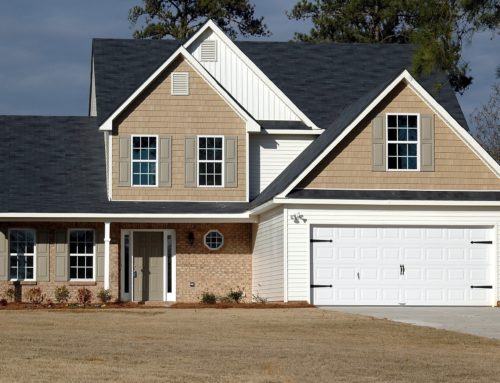When it comes to selling your home, one of the most critical decisions you’ll make is setting the right price. Pricing your home correctly can make all the difference between a successful and swift sale and a lengthy, frustrating process. But how do you determine the best price for your home? In this blog post, we’ll explore the art of pricing your home for sale and provide some valuable insights to help you find the sweet spot.
- Start with a Comparative Market Analysis (CMA): A Comparative Market Analysis is a crucial first step in the pricing process. Your real estate agent will assess recent sales of similar properties in your neighborhood to provide a baseline for your home’s value. They’ll consider factors such as square footage, number of bedrooms and bathrooms, location, and any unique features your property offers. This analysis will help you understand what similar homes are selling for in your area.
- Factor in Market Conditions: The real estate market is not static and can fluctuate based on various factors, including supply and demand, interest rates, and economic conditions. It’s essential to be aware of current market conditions in your area. In a seller’s market, you may be able to ask for a higher price, while in a buyer’s market, pricing competitively can attract more potential buyers.
- Consider Your Property’s Unique Features: Every home has something special to offer. Whether it’s a renovated kitchen, a beautifully landscaped yard, or a unique architectural design, be sure to factor in these features when determining your home’s price. These unique elements can make your home more attractive to buyers and justify a slightly higher price.
- Set a Realistic and Competitive Price: While it’s natural to want to get the highest possible price for your home, setting an unrealistic price can deter potential buyers. Overpricing may result in your home sitting on the market for an extended period, leading to price reductions and a perception of undesirable property. On the other hand, pricing too low can leave money on the table. Striking a balance is key.
- Use the “Just Right” Pricing Strategy: One approach is to use the Goldilocks principle, where you aim to price your home just right, not too high and not too low. The objective is to generate interest and multiple offers, driving up the final sale price. Your real estate agent can guide you in achieving this balance by considering both the CMA and market conditions.
- Be Open to Negotiation: Keep in mind that most buyers expect some room for negotiation in the selling price. Be prepared to work with potential buyers to find a mutually agreeable price that ensures a successful sale. Your real estate agent’s negotiation skills can prove invaluable in this phase.
- Monitor the Market: If your home doesn’t sell within a reasonable timeframe, it’s essential to reassess your pricing strategy. Market conditions may change, and you may need to adjust your price accordingly to attract more buyers.
In conclusion, pricing your home for sale is a blend of art and science. It requires a thorough understanding of your local real estate market, an appreciation of your home’s unique features, and the guidance of an experienced real estate agent. By following these steps and keeping an open mind, you can find the sweet spot in pricing your home, leading to a successful and profitable sale. Remember, the right price will attract the right buyers and help you transition smoothly to the next chapter in your life. Understandably, sometimes, you just need to make the sale so you can relocate or get your finances in order. If you need to sell your home fast, you can always contact Highest Cash Offer and let us make you a cash offer.







 Highest Cash Offer is a real estate solutions company. Our team of experts specialize in assisting homeowners with a wide variety of solutions to any real estate problem. Whether we buy your house for cash or not, our goal is to help you get the desired outcome you deserve.
Highest Cash Offer is a real estate solutions company. Our team of experts specialize in assisting homeowners with a wide variety of solutions to any real estate problem. Whether we buy your house for cash or not, our goal is to help you get the desired outcome you deserve.